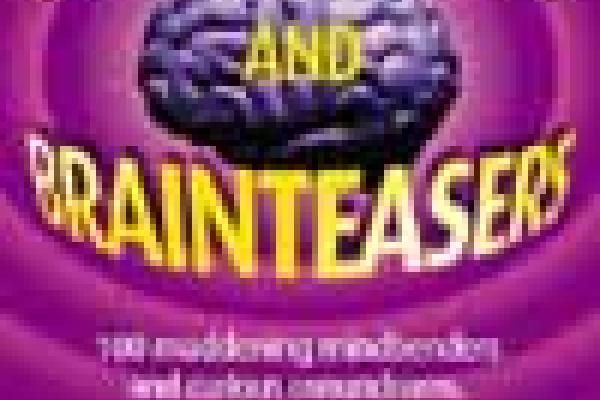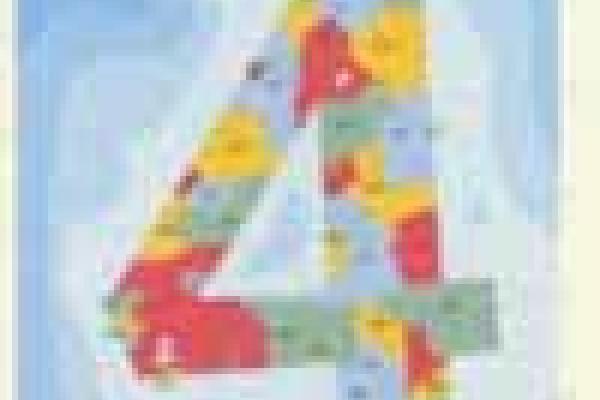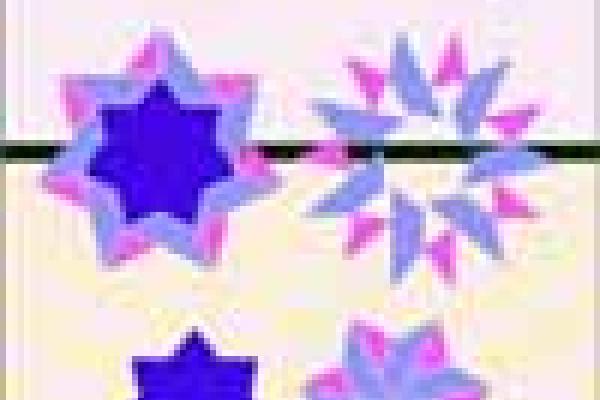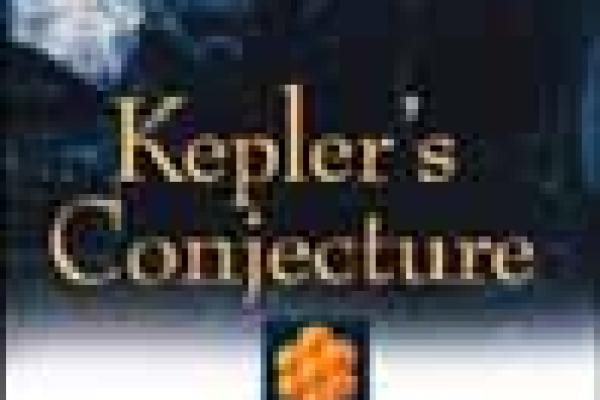Basic page
Plus Magazine
May 2003
The Riemann Hypothesis is probably the hardest unsolved problem in all of mathematics, and one of the most important. It has to do with prime numbers - the building blocks of arithmetic. Nick Mee, together with Sir Arthur C. Clarke, tells us about the patterns hiding inside numbers.
Tags
Taxonomy upgrade extras



